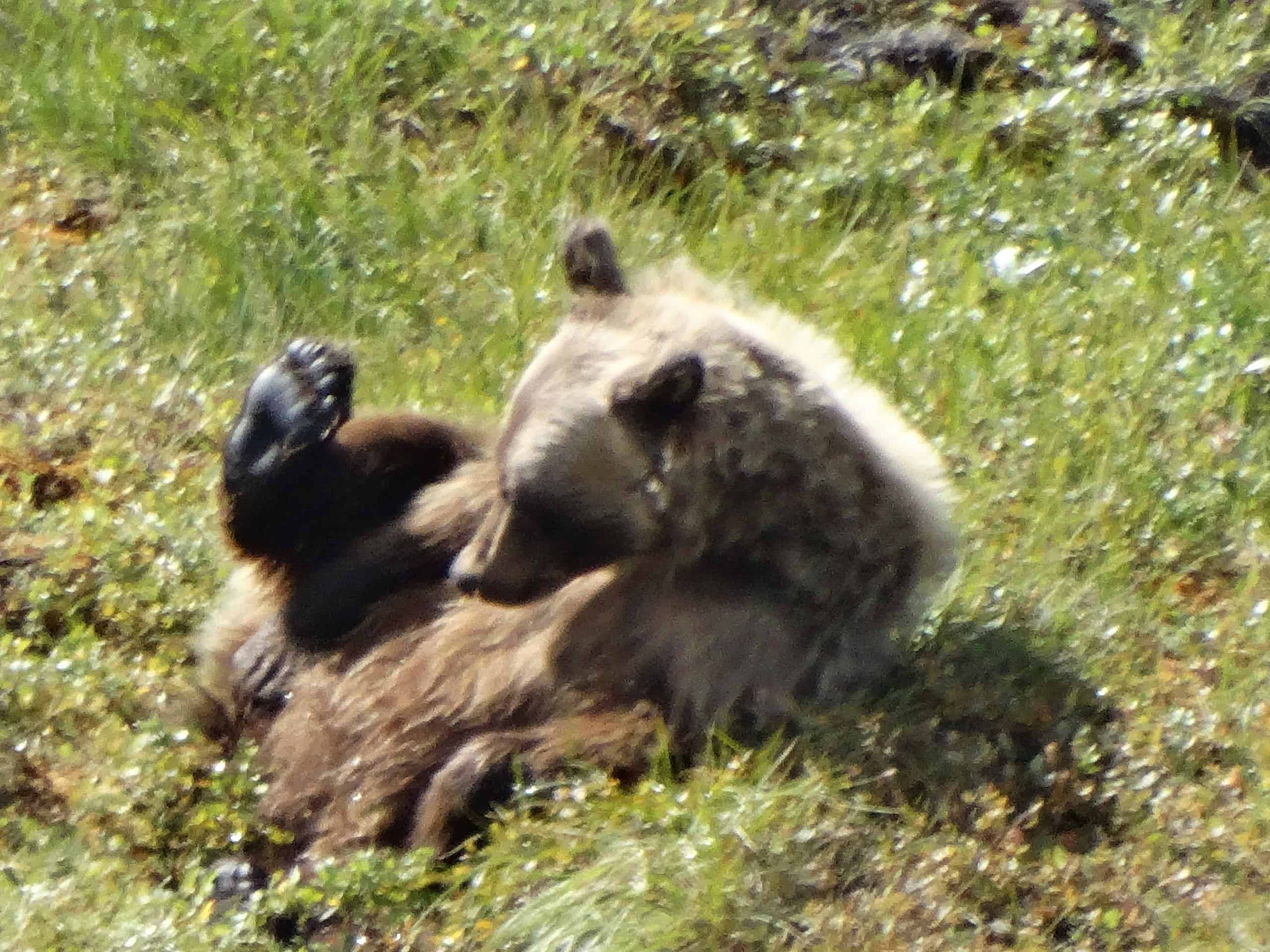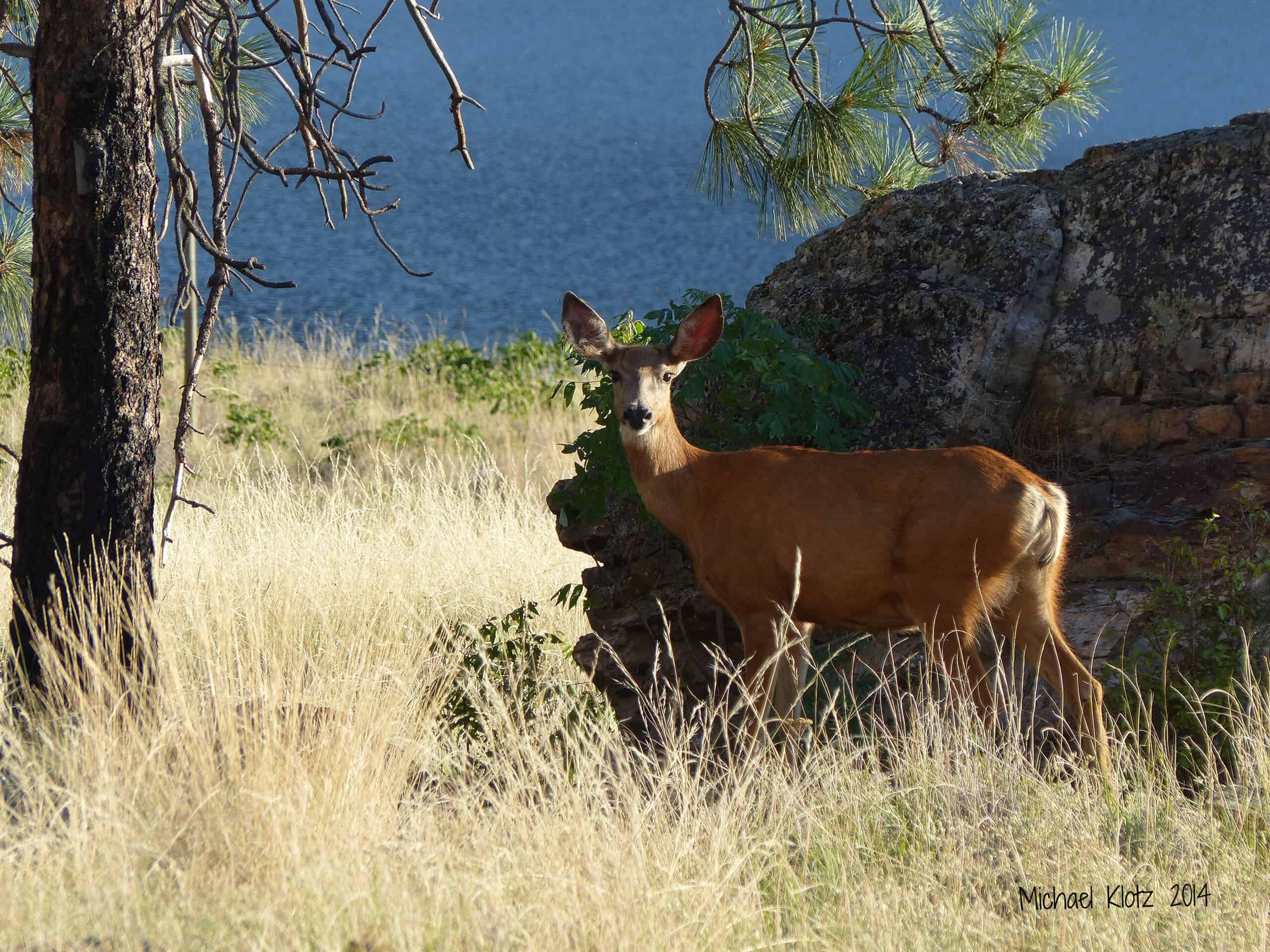Share this article
Wildlife Featured in this article
- Mule deer
- Proghorn
- Elk
New maps expand picture of big-game migrations in the West
The maps document 33 mule deer, pronghorn and elk routes
A new set of maps explores the movements of ungulates throughout the American West, furthering scientific understanding of the geography of big-game migrations.
“Ungulate Migrations of the Western United States: Volume 4” is the latest in a collaborative U.S. Geological Survey report series. The volume documents 33 mule deer (Odocolieus hemionus), pronghorn (Antilocapra americana) and elk (Cervus canadensis) herd migrations in states ranging from Washington to New Mexico. With this latest volume, the report series details the movements of 182 unique herds across 10 states.
“We’ve now mapped nearly two hundred migrations of mule deer, pronghorn, elk and other ungulates across diverse landscapes, from the high alpine Rocky Mountains to the temperate rainforest of the Pacific Northwest and the desert ecosystems of the American Southwest,” said TWS member Matt Kauffman, the report’s lead author and a wildlife biologist with the USGS Wyoming Cooperative Fish and Wildlife Research Unit at the University of Wyoming.
Ungulates migrate throughout the West each spring and fall to access the most nutritious plants and avoid deep snow. But as the human footprint in the West expands, these species increasingly face obstacles such as new subdivisions, energy development, impermeable fences and high-traffic roads on their long journeys. By mapping their migrations, scientists provide critical information—like where migrations overlap with existing and potential obstacles—to managers, policymakers, NGOs and private landowners working to minimize impacts on wildlife.
“To best conserve and protect the habitat used by migrating elk, mule deer, moose and pronghorn, we have to know exactly where these species move across the landscape,” said TWS member Blake Henning, chief conservation officer at the Rocky Mountain Elk Foundation. “That’s why this mapping work is so important—it’s to ensure their future health and well-being.”
Read more from the USGS. To explore migration routes and ranges, visit www.westernmigrations.net or download the map files from www.sciencebase.gov.
Header Image: Pronghorn herds increasingly face obstacles on their long seasonal migrations. Credit: Steve Hillebrand/USFWS








